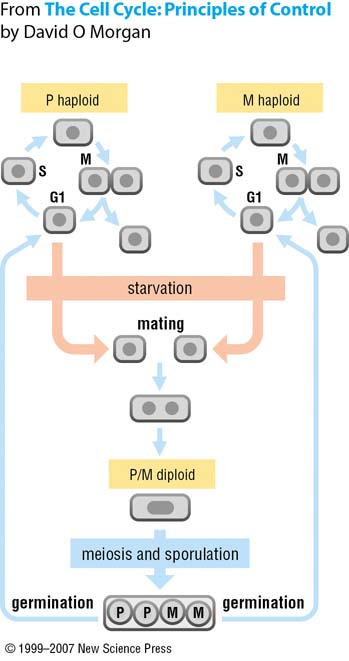Team:KAIST-Korea/FutureWorks
From 2010.igem.org
Luftschloss (Talk | contribs) (→Disadvantage of All-in-One) |
Luftschloss (Talk | contribs) (→Disadvantage of All-in-One Implementation) |
||
| Line 17: | Line 17: | ||
== Disadvantage of '''All-in-One''' Implementation == | == Disadvantage of '''All-in-One''' Implementation == | ||
| - | So we tried to selectively express modified antigen receptor genes. | + | So we tried to selectively express modified antigen receptor genes to use promoter with different activator molecule. With this '''All-in-One''' implementation, one yeast cell have genes for GFP with GAS element, STAT1 signal transduction molecule and every modified antigen receptor with promoters whose activator is different. In theoretically, this implementation solve the problem of '''cross-talking''' of modified antigen receptors. But this implementation have two problems. |
| + | # Though we don't activate the promoter, yeast cell express the gene naturally. Therefore, we can't solve the problem of '''cross-talk''' perfectly. | ||
| + | # We need to assign promoters with different activator for each modified antigen receptors. But the number of disease is more than the number of promoters with different activator obviously. | ||
== Our Final Solution == | == Our Final Solution == | ||
Revision as of 10:57, 27 October 2010
|
Future Works
Our Final Goal and Problem of Cross-talking implementationOur final goal is to develop the universal diagnosis kit for every disease whose antibody is produced. To perform this goal, the yeast should express modified antigen receptor of wanted disease, STAT1 proteins and have GFP gene whose promoter have GAS element. Most easiest way to way to detect existence of antigen is to express every antigen receptor on one yeast cell and integrate these signal into GFP with common STAT1 dimerization pathway. But this way have problems. Though the GFP is expressed, we can't sure which antigen is detected, because any antigen binding can turn on the GFP expression. Therefore, the cross-talking implementation can't be used for differential diagnosis because it can't eliminate any disease which can turn on the GFP expression. Disadvantage of All-in-One ImplementationSo we tried to selectively express modified antigen receptor genes to use promoter with different activator molecule. With this All-in-One implementation, one yeast cell have genes for GFP with GAS element, STAT1 signal transduction molecule and every modified antigen receptor with promoters whose activator is different. In theoretically, this implementation solve the problem of cross-talking of modified antigen receptors. But this implementation have two problems.
Our Final SolutionLife Cycle of S.pombeHow to implement? |
 "
"
